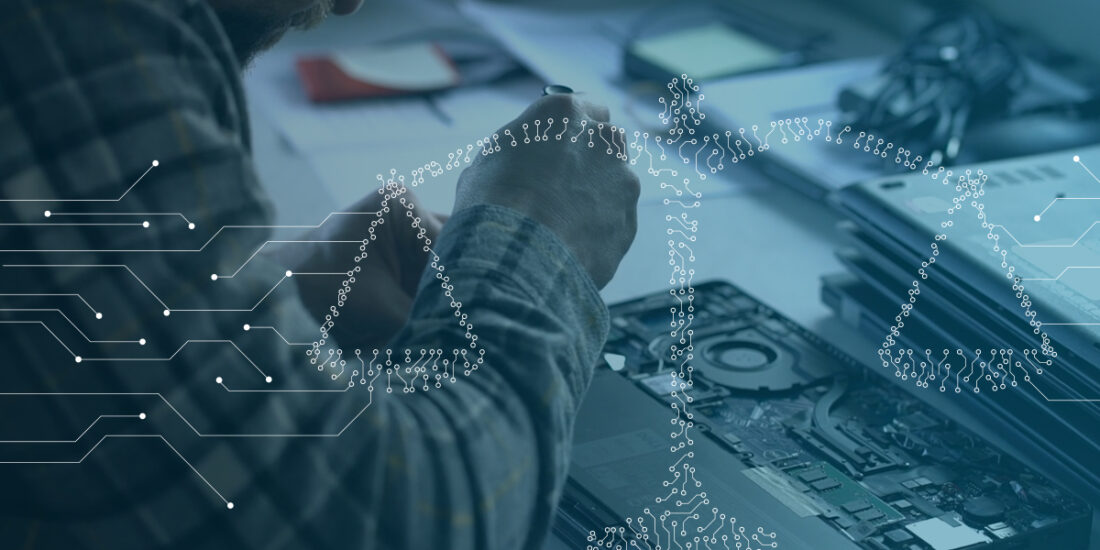Digital Evidence That Holds Up In Court: Tips from a U.S. Judge
- Written by: Trevor Meers

How many years of old e-mail messages apply to this case?
Will it really cost thousands of dollars to find the electronic records?
What’s our legal liability for messages that “self-destruct” after they’re read?
When it comes to digital evidence, the questions change at the speed of innovation. And that makes challenges related to electronically stored information (ESI) a key issue in nearly every court case. With court decisions hinging on digital evidence, it’s critical that business leaders, IT pros and attorneys all understand what courts are looking for.
“I can’t think of any case where there isn’t some amount of ESI,” says Judge Helen Adams, Chief Magistrate Judge for the U.S. Southern District of Iowa.
Judges Expect You to Do Your Homework
In such a fast-moving legal area, judges don’t expect anyone to have perfect answers. But judges are signaling their shrinking patience with attorneys who won’t make the effort to become competent with e-discovery. For one cautionary tale, Judge Adams recommends reading DR Distributors, LLC v 21 Century Smoking, Inc. et al. In the January 2021 ruling, Judge Iain Johnston of the U.S. District Court of Northern Illinois clearly showed that he was fed up with a case that had dragged on for eight years and included more than 400 docket entries. Judge Johnston declared in the ruling’s opening sentences, “Through a series of missteps, misdeeds, and misrepresentations, Defendants and the former defense counsel find themselves looking down the barrel of a sanctions motion Howitzer.”
Judge Adams says, “It’s a great learning tool for lawyers if they want to know what not to do.”
Even after that warning shot, Iowa’s Judge Adams remains optimistic. She thinks that most ESI headaches can be avoided if all parties simply do some homework and focus on communicating clearly and frequently.
Curiosity Solves a Lot of Problems
Judge Adams’ core advice is simple: Become more curious, ask better questions and talk with more people who can explain all the legal implications of recording almost everything.
“The biggest complicating factor for me is that lawyers just aren’t well-versed in this and don’t ask enough questions of their clients,” she says.
The judge’s most common challenge? Lawyers who claim an ESI request is overly broad and puts an undue burden on their client. “But when you ask what that means, they can’t answer it because they don’t have the info from their client.”
How Much Does It Really Cost to Find That Data?
Judge Adams says that if an attorney pushes back on an ESI request, they should produce supporting details. For instance, an attorney could provide an affidavit from an IT expert explaining where the information is stored and exactly how much it would cost to retrieve it. The judge wants specifics, such as how many documents came up in the initial search, where those documents are stored and how many hours it would take to retrieve them.
Many digital evidence requests try to cover too much time. In a wrongful termination case, there’s probably no reason to request every record related to an employee’s 20-year career at the company. Instead, start by requesting records and e-mails from 6 months before and 6 months after the termination. The results will indicate whether it’s reasonable to expand the scope.
Judge Adams also urges attorneys to bring technical experts with them to pre-trial conferences and into the courtroom itself. “If you have a good IT rep that can talk to us, that would be really helpful,” she says. Just make sure your expert can translate the technical summary into terms that the judge and jury can easily follow.
Talk to the Other Side About Your Concerns
"A lot of ESI discovery issues can be resolved by lawyers on both sides talking to each other early and often and being transparent,” Judge Adams says.
To get all parties talking, the judge follows these procedures:
- Early in the case, she holds a scheduling conference where she expects lawyers to discuss the nature and amount of ESI that they believe will be involved. In cases where the ESI appears significant, the judge sends the lawyers an ESI template and asks them to confer about the relevant topics and then file an ESI report with the court. Judge Adams says, “If you can work with the other side on the front end and tell them what you really need and what form you need it in, you can probably get that taken care of more efficiently, cheaper and with less dispute than just saying, ‘Oh, it wasn’t what you wanted? Sorry.’”
- The judge also schedules bi-monthly status conferences with the lawyers in each civil case. Those meetings provide an opportunity for the lawyers and the court to discuss the progress of discovery and any potential disputes.
- The parties can raise a dispute by filing a motion to compel discovery. If the parties are unable to resolve the dispute on their own, the judge will enter an order with respect to the discovery that must be produced.
Must-Reads on Digital Evidence
Judge Adams recommends the following resources for coming up to speed on ESI discovery:
- The Sedona Conference – “I’m not sure lawyers and judges are fully aware of it, but they’re at the forefront of electronically stored discovery issues,” the judge says. Recent publications worth consulting include Commentary on Ephemeral Messaging and Commentary on ESI Evidence & Admissibility. Visit The Sedona Conference webpage to find these and other resources.
- Rule 26 of Federal Rules of Civil Procedure – Judge Adams notes that Rule 1 of FRCP indicates that the purpose of the rules is “to secure the just, speedy, and inexpensive determination of every action and proceeding." She calls attention first to Rule 26, which talks about scope of discovery. Proportionality is a key point of dispute, with many disagreements centering on whether requesting data from years ago, for example, is truly proportional to the case.
- Rule 34 – This rule addresses the fact that if parties don’t agree otherwise, then ESI must be produced in the manner in which it is maintained.
- Rule 37e – Consult this rule for information on sanctions that may apply if a party has not properly preserved electronically stored information. The rule also provides standards for preservation.
Clearly, the legal team expects all parties to do their best to keep up. For help with best practices on finding and presenting digital evidence, contact our team today.






